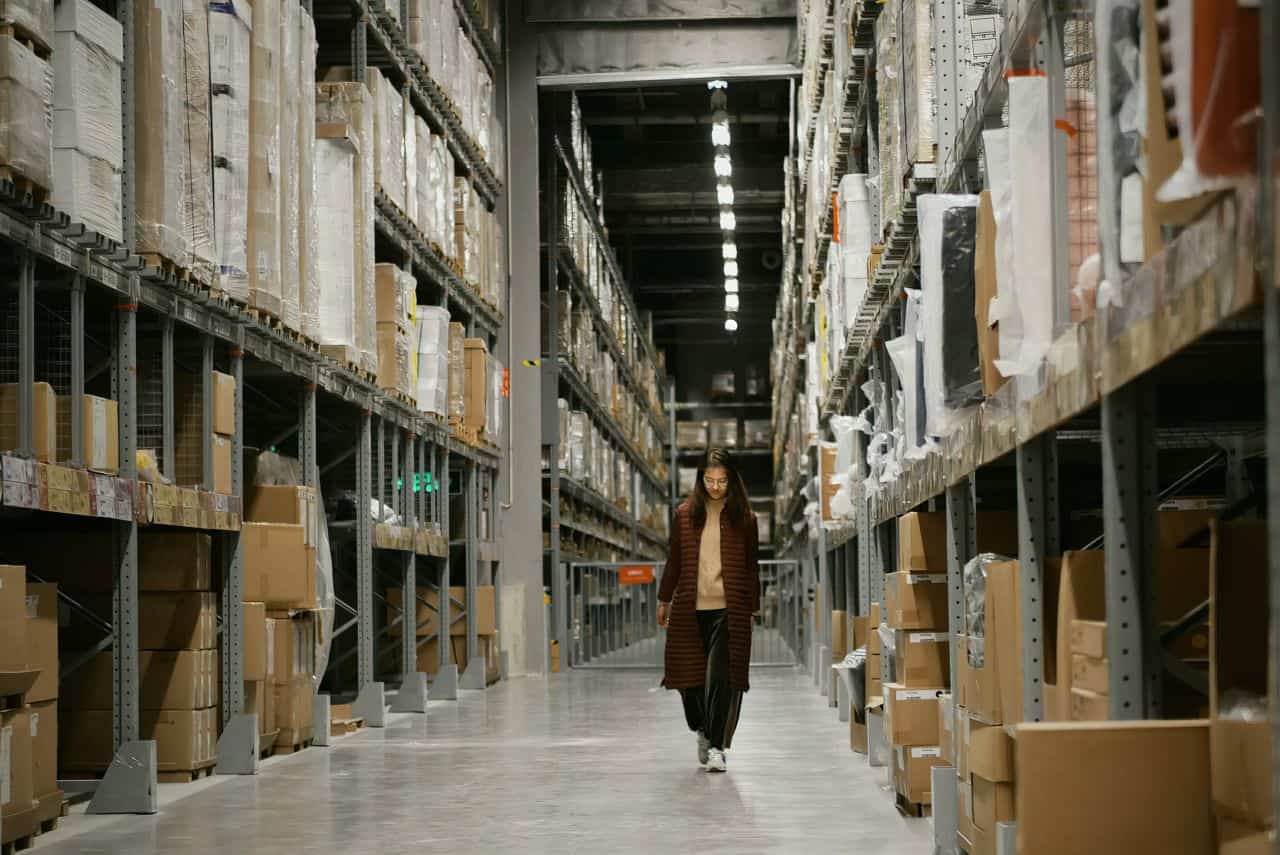Warehouse design and construction are critical aspects of supply chain management. A well-designed and properly built warehouse maximizes efficiency and ensures the safety of employees and products while minimizing operational costs.
With the growing demands of e-commerce and global trade, warehouses have become sophisticated, technology-driven facilities that require careful planning and execution to optimize performance.
This article provides a comprehensive guide on building and designing a warehouse, touching on crucial elements such as location, layout, materials, and technology. By following the recommendations outlined in this guide, businesses can create a warehouse that is highly efficient and functional, and adaptable to future growth and changes in the industry.
1. Pick The Right Location
The first step in building a warehouse is selecting the ideal location to ensure that it is both practical and cost-effective for the business’s needs.
Whether you are building a steel warehouse to use as a distribution center or making one simply for storage, several factors must be considered when selecting the site.
When searching for the optimal location for your new warehouse, consider the total capacity accessible in the network. This is because transportation costs, which are passed on to the customer, will be impacted by it.
It is essential to choose a location with easy access to major highways, ports, or railways to facilitate the movement of goods. In addition, ensure that the chosen area has a sufficient pool of skilled workers to support warehouse operations.
Assess the affordability of the land and construction costs in the selected area, keeping in mind the project budget. Moreover, research local laws and regulations that may impact warehouse construction or operations to avoid potential legal issues or delays.
2. Develop A Functional Layout
A well-planned layout is essential for maximizing warehouse efficiency. One of the primary factors to consider when designing the warehouse layout is the material flow. Ensuring a smooth flow of goods by optimizing inbound, storage, and outbound processes will contribute to a more efficient and productive facility.
A clear understanding of the warehouse’s operational processes will help in designing a layout that promotes an efficient flow of goods, minimizing congestion and maximizing throughput.
Space utilization is another critical aspect of warehouse layout design. It is essential to maximize storage capacity while maintaining accessibility and safety for employees and equipment. Effective space utilization may involve implementing vertical storage solutions to maximize available space.
Flexibility is also a key consideration in warehouse layout design. Create a layout that can accommodate changes in product volume, variety, and demand to ensure the facility can adapt to evolving business needs.
Additionally, prioritize employee safety and comfort by implementing proper lighting, ventilation, and ergonomic workstation designs. This not only promotes a safe working environment but can also lead to increased productivity and employee satisfaction.
3. Choose Suitable Construction Materials
The choice of construction materials is crucial for ensuring the longevity and functionality of the warehouse.
When selecting materials, it is crucial to consider their durability. Choose materials that can withstand the test of time and resist environmental factors such as moisture and temperature changes. This will contribute to a more robust and long-lasting facility that requires less maintenance over time.
Cost-effectiveness is another important factor when selecting construction materials. Evaluate the cost of materials against their expected lifespan and maintenance requirements to ensure that the chosen materials offer the best value for money.
Sustainability should also be a priority in material selection. Opt for environmentally friendly materials that minimize the warehouse’s carbon footprint and contribute to a more sustainable operation.
Lastly, consider sourcing materials from local suppliers to reduce transportation costs and support the local economy. This approach can also help to ensure that materials comply with local regulations and standards.
4. Incorporate Technology and Automation
Leveraging technology and automation in warehouse design can significantly improve efficiency and reduce operational costs.
Deploying a Warehouse Management System (WMS) can streamline inventory tracking, order processing, and overall warehouse operations. A WMS provides real-time data and insights, enabling better decision-making and more efficient resource allocation.
In addition to a WMS, integrating automated material-handling equipment, such as conveyors, automated guided vehicles (AGVs), and robotic picking systems, can increase throughput and reduce labor costs. These technologies help to minimize the need for manual intervention, resulting in a faster and more accurate handling process.
Furthermore, implementing energy-efficient LED lighting and HVAC systems can reduce energy consumption and operational costs, contributing to a more sustainable and cost-effective warehouse.
5. Plan For Safety And Security
A safe and secure warehouse environment is essential for protecting employees, products, and equipment. Hence, fire protection should be a priority in warehouse design, with the installation of fire sprinklers, alarms, and extinguishers throughout the facility. More importantly, adhering to local fire safety regulations is crucial to prevent accidents and ensure compliance with legal requirements.
Access control systems should be implemented to restrict unauthorized entry and protect valuable inventory. This can involve using electronic key card systems, biometric scanners, or other security measures to control access to restricted areas. Deploying security cameras and monitoring systems can also deter theft and vandalism, providing an additional layer of protection for the warehouse.
By prioritizing safety and security in warehouse design and operation, businesses can protect their assets, reduce the risk of accidents and injuries, and promote a positive working environment.
Conclusion
The process of building and designing a warehouse requires careful planning and attention to detail. By considering factors such as location, layout, materials, technology, and safety, businesses can create a functional, efficient, and safe warehouse that serves their needs for years to come.
Whether constructing a new facility or upgrading an existing one, following these recommendations will help decision-makers navigate the complexities of warehouse construction and design to achieve their operational goals and provide the best possible service to their customers.

